Thirty years ago today, Steve Jobs presented the new Macintosh personal computer to a room of Apple investors. The machine has maintained its impact upon the world ever since, despite continually morphing into new forms while detractors voiced their disapproval.
A legendary launch
While met with excited applause from Apple's shareholders, the new Macintosh in 1984 nearly flopped. It was premium priced and arrived without a huge library of software capable of taking advantage of its unique features. Additionally, the radical rethinking of personal computing that the Macintosh introduced made it difficult for many existing software developers to enthusiastically embrace the new platform.
Apple's Macintosh also initially refused to emulate existing DOS or Apple II software, a conscious decision made by Apple to force developers to create truly new programs for it, rather than just simple ports of their existing, non-graphical software. Among Apple's critics, this was simply an arrogant failure to respect the status quo.
The arrival of the Macintosh wasn't a surprise; it was actually two years behind its originally expected ship date. Apple had hoped to ship the Macintosh by 1982. The tech world had already gotten a taste of the graphical desktop from Apple's Lisa computer, but Macintosh was expected to deliver similar sophistication at a more affordable price.
Critics familiar with the status quo hated the Macintosh and its new mouse, even if it was obvious to anyone exposed to the radical new ideas conceived within Xerox's Palo Alto Research Center that graphical computing and physical motion gestures articulated with a handheld "mouse" device were going to be the future interface of the personal computer.
With the Macintosh, Apple not only needed to manage all of the business operations required to sell personal computing systems, but also needed to convince the general public why they should pay a premium to gain access to the next generation of technology, rather than being content to buy more affordable, but less sophisticated and more poorly integrated commodity products.
Software Sells Systems
Steve Jobs, who had taken over Apple's Macintosh team and pushed its developers to create an "insanely great" machine that ambitiously pushed the technology envelope, was not only micromanaging the new computer but also seeking to evangelize the development of custom, third party Mac software to ensure that new buyers could find enough native content to confidently leap to the new platform.
One of the first software companies to work closely with Apple to develop new Mac titles was Microsoft. Despite having established itself in an uncontested Robber Baron role as IBM's licensor of MS-DOS, Microsoft was struggling to sell productivity software for IBM's DOS PC, a market where Lotus 1-2-3 and Word Perfect proved to be difficult competitors.
Both Lotus and WordPerfect failed to deliver ports their PC software for the launch of Apple's Macintosh, giving Microsoft little competition for its Bravo-based word processor developed at Xerox PARC and rebranded as "Word," or the company's clone of VisiCalc rebranded as "Excel."
Microsoft enjoyed such a close association with Apple on the development of the Macintosh that it enabled the software company to copy Apple's Macintosh's novel desktop with a rough approximation product for DOS PCs it named Windows 1.0.
Microsoft had promised not to steal Apple's technology and port it to IBM's PC before the release of the Mac, but that promise was contractually tied to the Mac's original ship date. Because the Mac shipped later than expected, Microsoft could technically claim that it wasn't breaking its contract when it demonstrated Windows 1.0 for DOS in 1983.
It would ultimately take Microsoft another ten years before its Windows product evolved into version deemed a worthy competitor to the Mac by the computer buying market. That arrival was also supported by a lucky, arbitrary court decision that granted Microsoft unfettered access to appropriate virtually all of Apple's technology without paying for any of it.
Macintosh's decade of decline and the NeXT step
After a slow start, Apple's Macintosh fortunes began to turn around after users discovered a valuable, unique application of the new machine: desktop publishing. After making a nearly lethal deal with Microsoft related to productivity software, Jobs coordinated the development of the laser printer, Adobe's new PostScript page description language also originating at Xerox PARC, and desktop publishing software that tied the two together (and to the Macintosh) from Aldus.
Before Jobs could see the full impact of the new desktop publishing industry building around the Macintosh, he was pushed to leave Apple in 1986 to develop what he felt was the next obvious leap in computing. Jobs' new company, NeXT Computer, used Adobe's PostScript as its native display language and built a sophisticated framework of development tools designed to ease the creation of Mac-like (or better than Mac-like) apps.
NeXT was also based on a foundation compatible with AT&T's UNIX, but rewritten at the University of California, Berkeley. The Macintosh had been written from scratch in low level code that lacked the technical computing sophistication available on higher powered (and more expensive) workstations running a "real" operating system.
NeXT had trouble escaping Apple's atmosphere, running into lawsuits that limited the company to a niche audience. Back at Apple, the Macintosh languished with its weak operating system and limited development tools. Despite a series of efforts to pair its Macintosh user interface with Unix or Unix-like operating systems, Apple rapidly fell into irrelevance as Microsoft began to define the state of the art in personal computing.
Mac + NeXT = OS X
By 1996, Apple was rapidly losing money in addition to being eclipsed by Microsoft Windows. In the very last days of the year, the company decided to acquire Jobs' NeXT and use its technology as the basis for a new platform that promised to push the Macintosh environment ahead into the future: OS X. Critics complained that the status quo of Windows didn't need any competition, nor could ever successively be competed against.
Back at Apple after the NeXT acquisition, Jobs reinvented the company, refocused upon creating exceptional, highly integrated computing machines rather than the commodity PC-like products that pundits had always insisted Apple build.
The new Apple launched a series of novel consumer products starting with iMac. The company also presciently invested in mobile computing and mobile devices, creating a development legacy and market position that positioned it to jump upon the emerging smartphone market in its infancy.
OS X begets iOS
While everyone else in the smartphone business was fixated upon using low powered, button-oriented hardware, Apple leapt ahead of the market by scaling down the Mac's OS X, running it upon mobile hardware with unprecedented levels of computing power and storage capacity.
Critics didn't approve of this strategy, insisting even to this day that Apple should really be focused on pumping out cheap, low end hardware, apparently oblivious to the fact that Apple has been inhaling the majority of the mobile hardware industry's profits ever since the iPhone appeared seven years ago.
Eventually dubbed iOS, the iPhone's new mobile firmware delivered the same sophisticated operating system and easy to use development tools Apple had used to win back Windows users to its Mac computers over the 2000s. This maintained Apple's overall product strategy as being consistent since the advent of the Macintosh, enhanced with the re-injection of Jobs' influence at the acquisition of NeXT.
By 2010, Apple had established its new iPhone as an even larger and more important platform than its Mac notebooks and desktop systems. That same year, the company launched iPad as an easy to use, general computing device that delivered much of the power of a general purpose PC but without the security issues or baffling complexity.
Almost immediately, the new iPad eclipsed Apple's Mac sales, appealing to a much larger audience just as the iPhone had before it in the specialized role of a smartphone. However, the iPhone and iPad both owed their success to the legacy of OS X, which in turn built upon both the Macintosh philosophy and NeXT technology.
Future of the Mac
At the same time, Apple continues to enhance and develop Mac products, informed by the pace of parallel iOS development. Apple recently released its Mac Pro, a product that not only literally thinks outside the box, but also revamps the basic architecture of the generic PC to better leverage the computing power of very powerful chips designed to accelerate graphics operations.
Apple's approach to advancing the very architecture of desktop computing by focusing on GPUs was a move presaged in its development of Open CL and a decade of work creating a user interface centered on a compositing graphics engine. Apple beat Microsoft to advance graphics on the desktop by 6 years, and Google's Android similarly failed to catch up with iOS for nearly half a decade.
Critics accuse Apple of "falling to innovate," but consistently fail to recognize important innovations that went on to disrupt the status quo and materially shift the industry, technology and even society in ways that are not exactly impossible to predict. For example, none of Apple's critics even seem to understand how important the company's GPU-centric strategy has been to Apple's success with OS X and iOS over the past decade.
Apple has also continued to advance its mobile computing prowess by eschewing ostensibly core elements of the PC to deliver systems that are comparatively smarter and more capable. Macs have take cues from iOS devices, increasingly working to shed moving parts such as magnetic disc and optical drives for solid state memory in an effort to boost battery life. Detractors question why Apple is removing any hardware they are familiar with, again failing to understand what innovation really means.
Apple has already signaled that it plans to focus on automotive computing with its "iOS in the Car" initiative. The company is also likely to enter the home automation market, potentially turning the home computer into a computing home.
Never before has Apple had more capital to invest, more technology to develop, more customers to service, more developers to influence or more brand capital to leverage in building the next great leap in computing. Apple's next ten years of developing the Mac philosophy with NeXT technology should be more exciting than its last 30.
The only thing we know for certain about Apple's future is that there will be plenty of critics upset about every change the company introduces, at least until those shifts are eventually adopted by the rest of the industry.
 Daniel Eran Dilger
Daniel Eran Dilger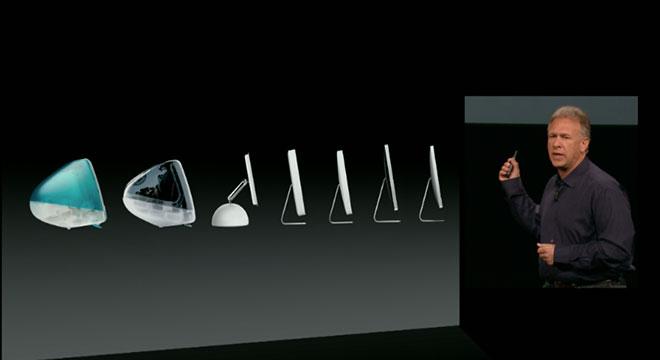
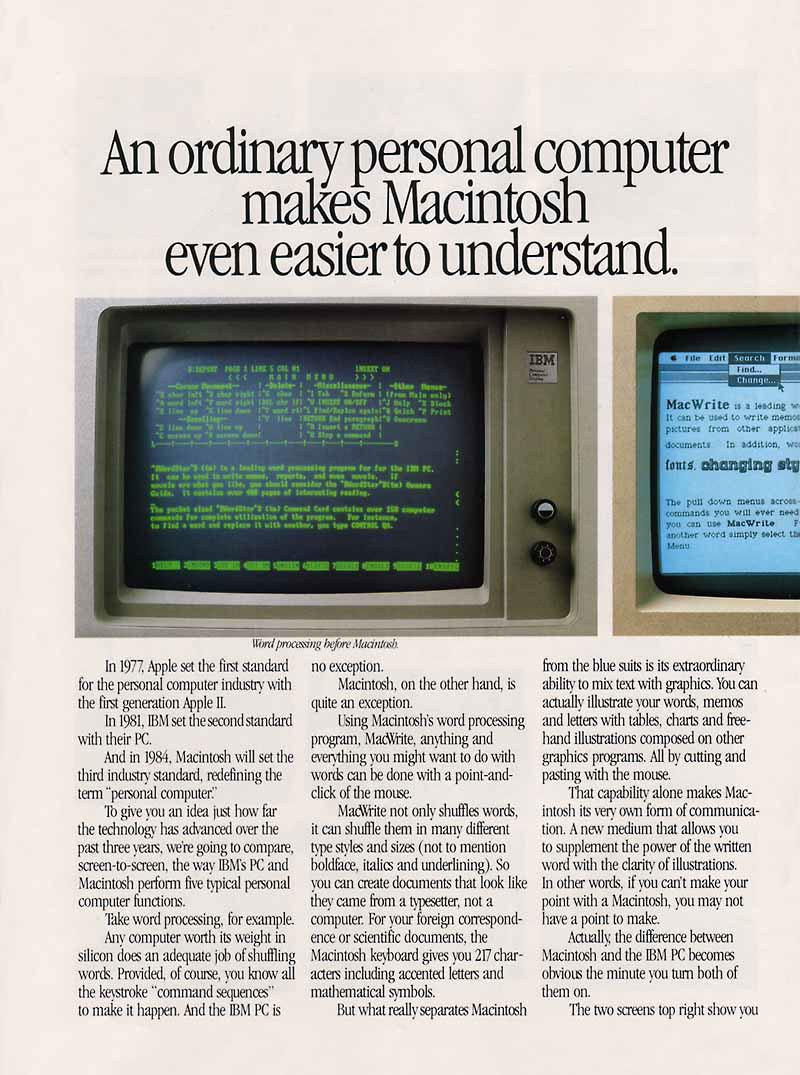

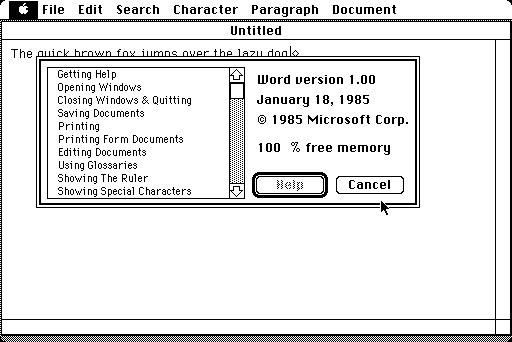
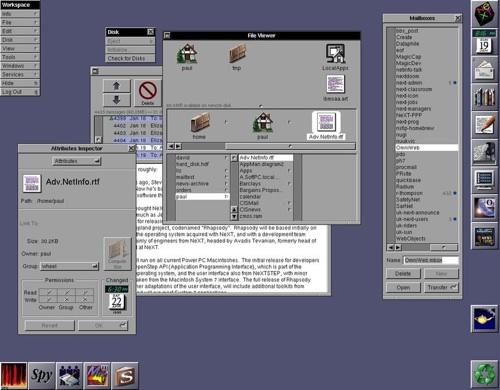
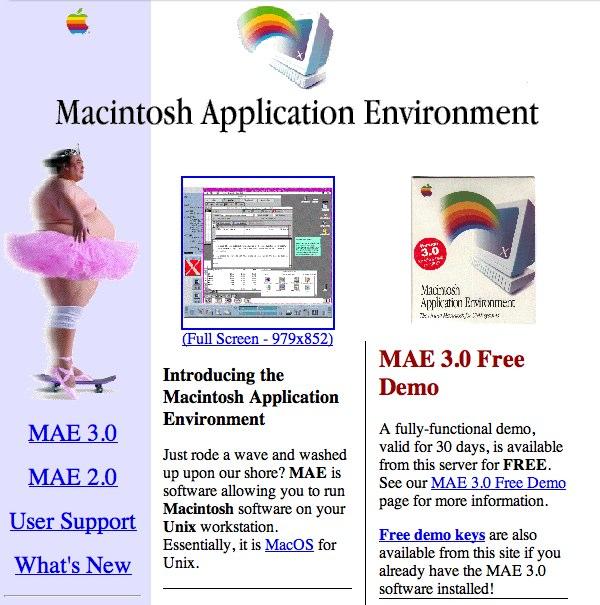
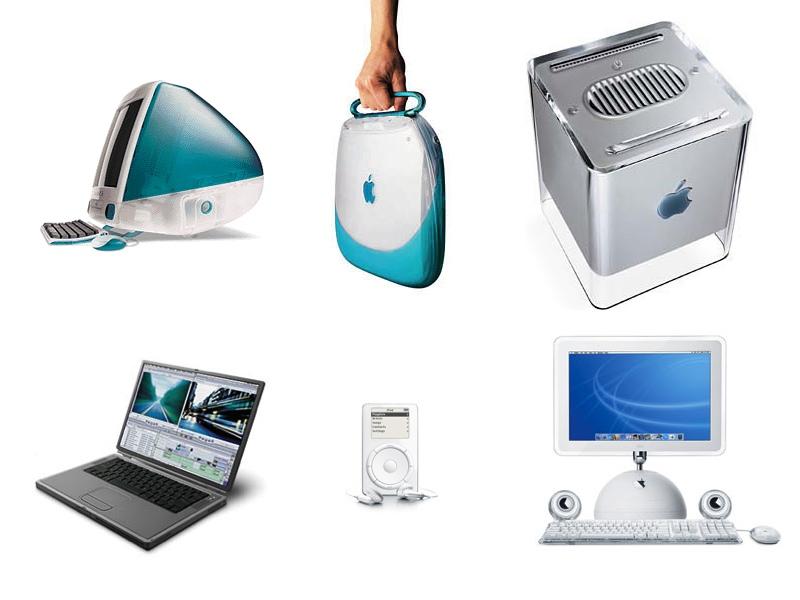
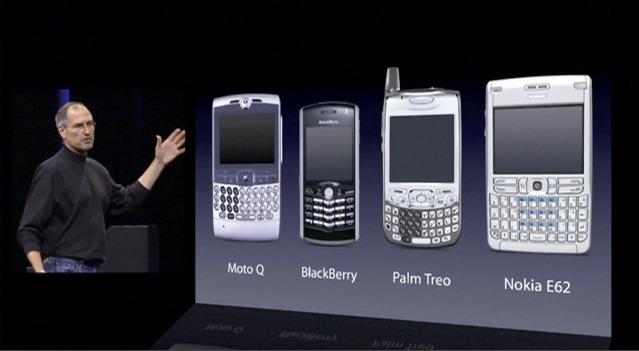
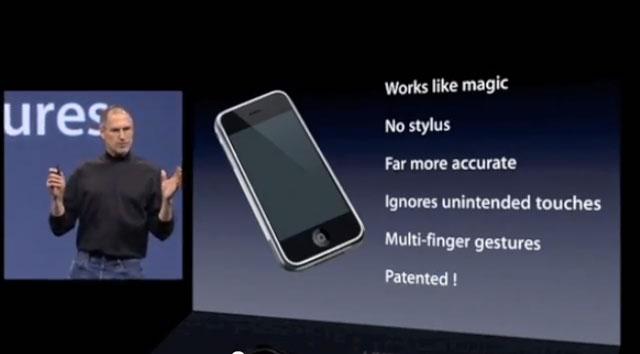
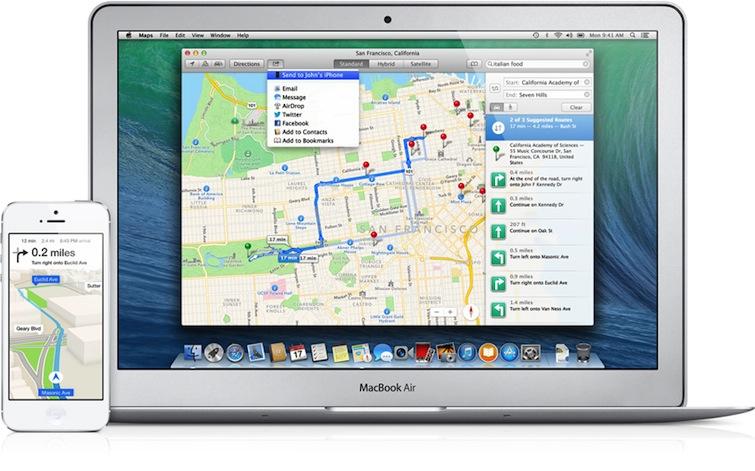
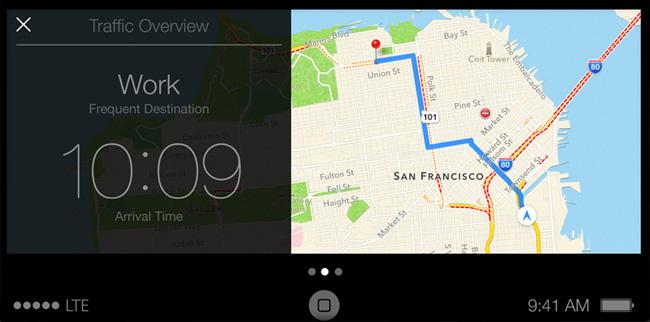







-m.jpg)






 Charles Martin
Charles Martin

 Malcolm Owen
Malcolm Owen
 William Gallagher
William Gallagher
 Christine McKee
Christine McKee
 Marko Zivkovic
Marko Zivkovic
 Mike Wuerthele
Mike Wuerthele


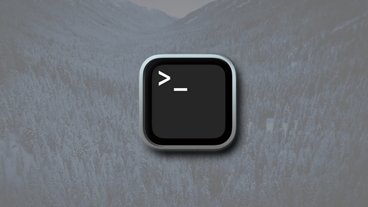







81 Comments
I also wonder ... what is the face of the Mac now? It most likely is not the Mac Pro. Sales figures suggest it is the MacBook. But the iMac, to me, defines the past and future of the Mac.
[quote name="AppleInsider" url="/t/161738/apples-macintosh-has-forced-the-world-to-change-for-30-years#post_2462205"]Apple's Macintosh has forced the world to change for 30 years [/quote]In the defence of MS & Android, the same could be said for them. Thanks DED, another great article.
It's good to see one of these wide view/history of technology/future trends articles again on this site. They really are a strength of the author. The recent spate of hardware reviews have been ok, but to do those thoroughly you basically need to be one of these guys who can look at an x-ray of a CPU and know what each trace does (witness Anandtech's hardware reviews). But no other site can do these kind of articles like AppleInsider can. They are a good read and extremely well informed to boot.
I also wonder ... what is the face of the Mac now? It most likely is not the Mac Pro. Sales figures suggest it is the MacBook. But the iMac, to me, defines the past and future of the Mac.
I agree regrading the iMac. But the MacBook Air is as well the future of the Mac. It has changed notebooks and is still an unbelievably great device.
Thanks DED, another great article.
Oh sure, but without Apple to copy from and without Apple's empowerment of people to use computers more productively and with relative ease, that "change" might well have been quite a bit more "Orwellian"--and especially without Apple fighting those parasitic forces tooth and nail all the way. Look at the "mighty" MS and the fragmented Android today! The fight is far from over, pal.